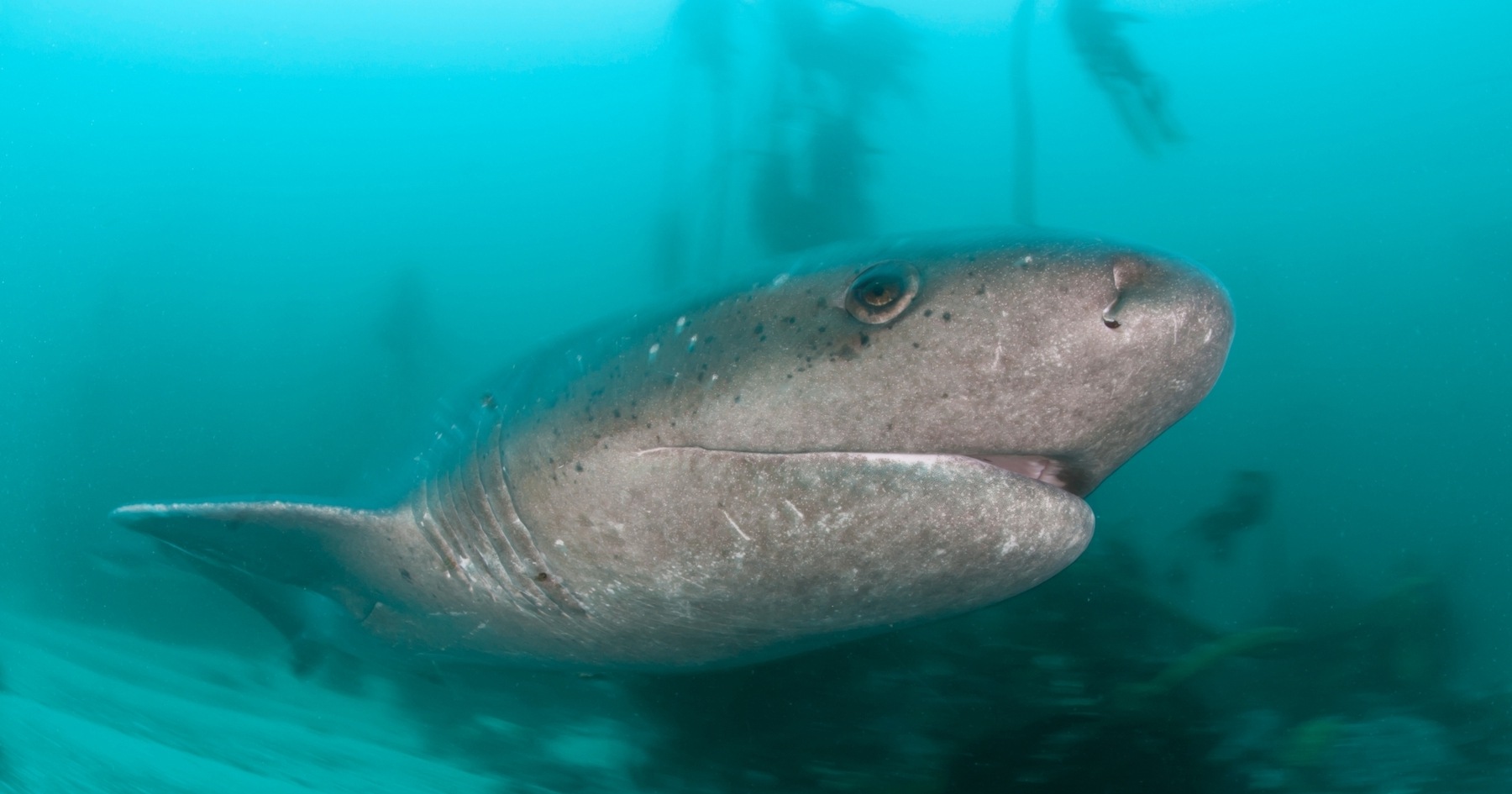
Cow sharks are some of the most intriguing creatures in the ocean. Known for their unique appearance and ancient lineage, these sharks have fascinated marine biologists and ocean enthusiasts alike. Did you know that cow sharks have more gill slits than most other sharks? Unlike the typical five gill slits, cow sharks boast six or even seven. This feature sets them apart and hints at their primitive origins. Found in various parts of the world, from deep ocean trenches to coastal waters, cow sharks are adaptable and resilient. Their diet is as diverse as their habitat, including fish, crustaceans, and even other sharks. Ready to dive into more fascinating facts about these ancient predators? Let's explore 25 amazing facts about cow sharks that will leave you in awe of these remarkable creatures.
What is a Cow Shark?
Cow sharks are fascinating creatures that belong to the Hexanchidae family. They are known for their unique physical characteristics and ancient lineage. Here are some intriguing facts about these mysterious sharks.
- Cow sharks are also called "sixgill" or "sevengill" sharks due to the number of gill slits they have.
- These sharks are considered living fossils because they have remained relatively unchanged for millions of years.
- Cow sharks can be found in deep waters around the world, from temperate to tropical regions.
- They have a distinctive blunt snout and a wide mouth filled with sharp teeth.
- Unlike most sharks, cow sharks have only one dorsal fin located near their tail.
Physical Characteristics of Cow Sharks
Cow sharks possess several unique physical traits that set them apart from other shark species. Let's dive into some of these features.
- Their bodies are typically long and slender, allowing them to navigate deep waters with ease.
- Cow sharks can grow up to 16 feet in length, making them one of the larger shark species.
- Their skin is usually gray or brown, providing excellent camouflage in the deep sea.
- They have large, greenish eyes adapted for low-light conditions.
- The teeth of cow sharks are different in the upper and lower jaws; the upper teeth are smaller and pointed, while the lower teeth are larger and saw-like.
Behavior and Diet of Cow Sharks
Understanding the behavior and diet of cow sharks can provide insight into their role in the marine ecosystem. Here are some key points about their lifestyle.
- Cow sharks are nocturnal hunters, meaning they are most active at night.
- Their diet includes a variety of prey such as fish, squid, crustaceans, and even other sharks.
- They use a combination of stealth and speed to catch their prey.
- Cow sharks are known to be opportunistic feeders, eating whatever is available in their environment.
- They have been observed scavenging on dead animals, playing an important role in the ocean's cleanup crew.
Reproduction and Lifespan of Cow Sharks
The reproductive habits and lifespan of cow sharks are equally fascinating. Here are some facts about how they bring new life into the ocean.
- Cow sharks are ovoviviparous, meaning their eggs hatch inside the mother's body, and the young are born live.
- A female cow shark can give birth to a litter of up to 100 pups.
- The gestation period for cow sharks is about two years, one of the longest among sharks.
- Newborn cow sharks are relatively large, measuring about 2 feet in length.
- Cow sharks can live up to 80 years, making them one of the longest-living shark species.
Conservation Status of Cow Sharks
Despite their ancient lineage, cow sharks face several threats that impact their populations. Here are some facts about their conservation status.
- Cow sharks are often caught as bycatch in commercial fishing operations.
- Their slow reproductive rate makes it difficult for their populations to recover from overfishing.
- Habitat destruction and pollution also pose significant threats to cow sharks.
- Some species of cow sharks are listed as "Near Threatened" or "Vulnerable" by the International Union for Conservation of Nature (IUCN).
- Conservation efforts are underway to protect cow sharks, including the establishment of marine protected areas and fishing regulations.
Final Thoughts on Cow Sharks
Cow sharks are truly fascinating creatures. With their unique physical traits, ancient lineage, and intriguing behaviors, they stand out in the shark world. These sharks, with their extra gill slits, have been around for millions of years, making them living fossils. They inhabit deep, dark waters, which adds to their mystery. Despite their fearsome appearance, cow sharks play a crucial role in the marine ecosystem, helping maintain balance by preying on various species. Understanding these sharks better can help in their conservation, ensuring they continue to thrive in our oceans. So next time you think of sharks, remember the cow shark and its incredible journey through time. Their story is a reminder of the ocean's wonders and the importance of protecting our marine life.
Was this page helpful?
Our commitment to delivering trustworthy and engaging content is at the heart of what we do. Each fact on our site is contributed by real users like you, bringing a wealth of diverse insights and information. To ensure the highest standards of accuracy and reliability, our dedicated editors meticulously review each submission. This process guarantees that the facts we share are not only fascinating but also credible. Trust in our commitment to quality and authenticity as you explore and learn with us.
